|
When we set off again for the 3rd time we decided to reset the day counter. Today in Istanbul we celebrate our 100th day on the road! Here are a few facts about this stretch of our trip.
Days on the road = 100 No. of countries visited = 15 Highest temperature = 34°C Lowest temperature = -1°C Distance travelled = 5440 Miles/9755 km Average MPG = 18.69 Garage repairs to Bee-bee = 2 Fuel Station Stops = 32 Photographs taken = 5424 Gigabytes of video footage taken = 97.66GB Times stopped by the police = 1 (no country or origin sticker on the rear of our vehicle in Italy) We're looking forward to the next 700!
5 Comments
With a very limited budget, as well as frequently being presented with a wide range of items of varying price and quality, we spent a lot of time deciding where best to splash our cash when purchasing our adventure equipment. These are the purchases we “ummmmed and aaaaahed” over buying at the beginning as, to us, they were expensive. In hindsight, the following we consider to be our top buys, our ‘best investments’. Bee-Bee
Rooftent
Pan Set
Fridge
Tyres
Cooker
Awning
Boxes
Chairs
Solar Panel
NB- these are all honest, independent reviews with no brand attachment or endorsement obligation. However, if you are reading this and represent the companies mentioned, free stuff is always warmly received ;-)
Back in 1991 I visited what was then called Yugoslavia for a holiday with my parents. At that point the media in the UK hadn’t really focused on the tension that had been building in the country. My mother’s only concerns were that Tito’s lingering communist regime might not allow her to sunbathe topless (Tito’s in or out). Naïvely we got on a plane and headed east; unbeknown to us at the time, and then made apparent quite quickly when we arrived, the country was on the brink of collapse. We stayed just north of Dubrovnik and visited the attractions in the area. The highlight for me was a day trip in our white Yugo 45 hire car up through the beautiful Neretva River Delta and into the Neretva Valley towards Mostar to view the spectacular 16th Century Ottoman bridge, the Stari Most. Just a few months later war broke out and the country began to dissolve in what was a complicated tangle of political and ethno nationalism in which many different factions fought for territory. Prior to the war, Mostar was probably one of Yugoslavia’s most ethnically integrated cities, its mix of Croat, Muslim, Serb and Yugoslav communities were evenly spread throughout the city, with many mixed neighbourhoods and inter-mixed marriages accounting for one third of all unions. Around 6,000 Croats lived among the East bank’s 30,000 predominantly Muslim residents and 15,000 Bosniaks (Bosnian Muslims) resided among the 45,000 majority Croat populace of the West Bank; the awe-inspiring Stari Most bridge symbolically joining them together in the middle. In 1992 Bosnia and Herzegovina (BIH) declared independence from Yugoslavia, with the EU and the United States recognizing it as a sovereign nation state. Immediately Serbian units of the Yugoslav People’s Army attacked BiH. The city of Mostar was then subject to an 18-month siege. Initially, it involved the Croatian Defence Council and the 4th Corps of the ARBiH fighting against the Serb controlled Yugoslav People's Army. However, as the conflict deepened and as the political landscape changed, the Bosnian Croats and Bosnian Muslims began to fight against each other. 2 years after visiting Mostar I watched the television in complete shock as the iconic 427-year old bridge was destroyed by Bosnian Croat artillery fire. A Sarajevo-based newspaper reported that more than 60 shells hit the bridge before it collapsed. After the destruction of the Stari Most, a spokesman for the Bosnian Croats admitted that they deliberately destroyed it as a target of strategic importance. Most people argue that the bridge held little strategic value and that its destruction was a deliberate act of wiping out a shared cultural heritage and a memory of a peaceful co-existence. The bridge that once stood as a sign of unity and diversity now became a symbol for the senseless destruction of war. As a teenager this mindless act had a profound effect on my life. This was the third ‘televised’ war I’d witnessed as a child, but this one was different. I remember watching news reports of the Falklands War, without really understanding the politics, but knowing that something horrific was happening due to the reactions of my parents and frequently being told not to look at the television. In the early 90’s I watched the Gulf War unfold in a style not to dissimilar to the computer games I was playing at the time; disassociated cockpit views of laser guided missiles! For whatever reasons I was removed from the reality of those two wars, but this war was different, it was the first to happen during my lifetime that I could empathise with, if only slightly. I had walked across that bridge; it was a real place, with real people, some of whom I had talked to. It really brought home the reality of war. The next day I saved the newspaper spread covering the destruction of the bridge and until this day it is folded carefully and stored in a box in my parents attic. Taking that drive again, this time in Bee-bee, brought to the surface many of the same emotions I felt watching the war escalate on television 20 years ago. The bridge has been rebuilt but Mostar still bears the scars of a bloody battle. It is impossible to ignore the bullet hole ridden walls as you walk around the city. The former front line, which runs parallel to the river, Bulevard Narodne Revolucije, still remains the dividing line which splits the city into a Muslim/Bosniak East and a Catholic/Croat West; many of the buildings here are completely ruined from the effects of heavy fighting. Walking around the streets and seeing the empty shells of buildings it’s difficult to digest what happened here. Mostar’s past has not been plastered over, the remnants of war are far more obvious here than in Sarajevo, where nearly 9 billion Euros in foreign aid has been used to repair the city. The abandoned buildings here still act as a poignant stark reminder and a memorial to the countries conflict. The tourists have returned with a vengeance but the air is still charged with tension. One thing that is clear is that not much has been resolved, each side still has its own service providers and universities, Croat and Bosniak school children attend separate classes and study from different textbooks. Further north in Croatia the town of Pakrac doesn’t have the luxury of tourism to carry it forward. Pakrac was the location of the first serious skirmish in what would become the Croatian War of Independence. The incident had a lasting significance with the fighting in this region between Croats and Serbs being exceptionally fierce. The United Nations' presence here has now gone, the mass graves in the valley below have been excavated and many, but not all, of the estimated 10,000 land mines in and around Pakrac have been cleared. Less than half the town’s population remains in what, in places, still looks like a war zone. Every building carries the scars of war and many buildings are still empty, either as a remembrance or abandoned by evicted Serbs who never came back. The landmine warning signs remain in place, and like Western Sahara, put pay to our off-road adventures. According to UNICEF, Bosnia and Herzegovina and Croatia are the first and third most heavily mined areas by square mile in the world. I talked with our Workaway host and friend who lives in the predominantly Serb village of Gornja Šumetlica, just 10 minutes from Croatian, Pakrac, about the effect of the war on his life. I asked him if it was painful to see the bullet-holes, landmine signs and abandoned buildings on a daily basis. He said, “This is only a small reminder of the war, the people are constantly reminded on a daily basis that they are worse off now than before. The people are poorer, the countries resources are being mismanaged and the politicians are more corrupt than ever.” His sentiment is ironically reflected in the empty shell of Budućnost (The Future), Yugoslavia’s answer to ‘Woolworths’ in the centre of the town. The empty building, near the former frontline, just across from the bullet-ridden church, stands as a visual metaphor of what happened here; a once bright vision of utopia, now standing scarred with an uncertain future. Re-visiting these countries gave me the opportunity to acknowledge the atrocities that I saw on TV, and to try to empathise on some level. In meeting the people I witnessed the strength of humans to overcome the most inhumane actions committed against them, from a Croat, Serb and Bosniak perspective. After talking with my friend I left Pakrac with a sense of optimism about the future for the Balkans. The people are struggling financially and the infrastructure still needs work but the younger generation is seemingly willing to work toward restoring love and respect for one another; to overcome ethnic prejudices and heal the wounds that are still visible on the walls of Pakrac, Mostar and countless other cities and towns. It’s predominantly a German motorist tourist’s playground but if you have the time to drive the thousand miles necessary to reach Rijeka in Croatia you have a country of spectacular coastal roads to enjoy. Unfortunately this is only really an option for overlanders or travellers with an extended time period for their trip BUT an alternative is to hire a car from around €12 a day. Our first stop was the inland National Park of Plitvice, a worthy diversion from the shimmering sea roads. 18km of wooden footbridges and walkways weave through the lakes, giving you a ducks-eye view of the magnificent waterfalls and cascades, close enough to leave splashes on your sunglasses. Hitting the coast at Senj, we spent our first night Croatian coastal camping. Wow. The small, basic campsite was a tiny cove with just a few tree-shaded terraces. Only the bubbles of a few morning Scuba divers broke the mirror-like surface of the sea. We headed South, the road clinging to the coast and traversing every curve and turn of the natural coastline. With the forested Velebit Mountains on our left side we cruised through quite, uninhabited stretches and sleepy fishing villages.
From Zadar south you enter the Dalmatian Coast where numerous verdant islands dot the offshore waters. From here onwards the wow factor moves up a notch, with every corner revealing another postcard picturesque view. A road atlas highlighting these roads in green as ‘scenic routes’ is an enormous understatement. An inland diversion at Sibenik took us to Krka National Park, another stunning system of lakes, rivers and cascades. The area was made even more impressive by the recent heavy rains, creating thundering waterfalls with rainbows arched above. Back on the shoreline we wound our away along the headland, never tiring of the endless ocean panorama shimmering in the sunlight. We arrived to the city of Split, the highlight of which is ‘Diocletian’s Palace’, one of the world’s most impressive Roman ruins. The palace is actually a fortified town, these days packed with tourists buzzing around museums, shops and restaurants. We climbed the towering, winding steps to the top of the Romanesque belfry of St Dominus’ Cathedral. From here you can enjoy a 360° vista of the city’s historic centre; a labyrinth topped with red roof tiles surrounded by church spires, modern environs and a busy Port. No trip to Croatia would be complete without a voyage to or around some of the country’s 1,244 islands. A spontaneous hop on a boat about to leave Split Port and we were sailing into the sunset past pine-covered islands and through sea canals to the Island of Korcula. A peaceful, olive-covered haven of secluded coves and superb coastal drives. A short ferry crossing from Korcula to Orebic and you are back on the mainland. The landscape adjacent to the coast has now become a rocky, mountainous ridge, descending sharply to the sea with just a ribbon of road cutting through the sheer rock sides. We ended our Croatian journey in the elegant and ancient city of Dubrovnik, a must-see for its ancient city walls and marble streets. Logistically, Croatia is well geared-up for tourism, particularly motorists thanks to the deluge of campervans. There are campsites everywhere, from fancy all-singing mega-sites, to makeshift pitches on beaches with just a tap and toilet.
Choose your timing wisely, arriving at the tail end of the season we witnessed tourists’ en-masse in several places, this burek-devouring plague dispersed by the middle of September when the still sunny country quietened dramatically. Driving etiquette could be improved considerably; speeding is universal, tail-gating frustratingly common and basic courtesy is severely lacking. Don’t let that put you off- most of the smaller, coastal roads are much quieter than the main routes. |
Archives
July 2020
Categories
All
|
Proudly powered by Weebly

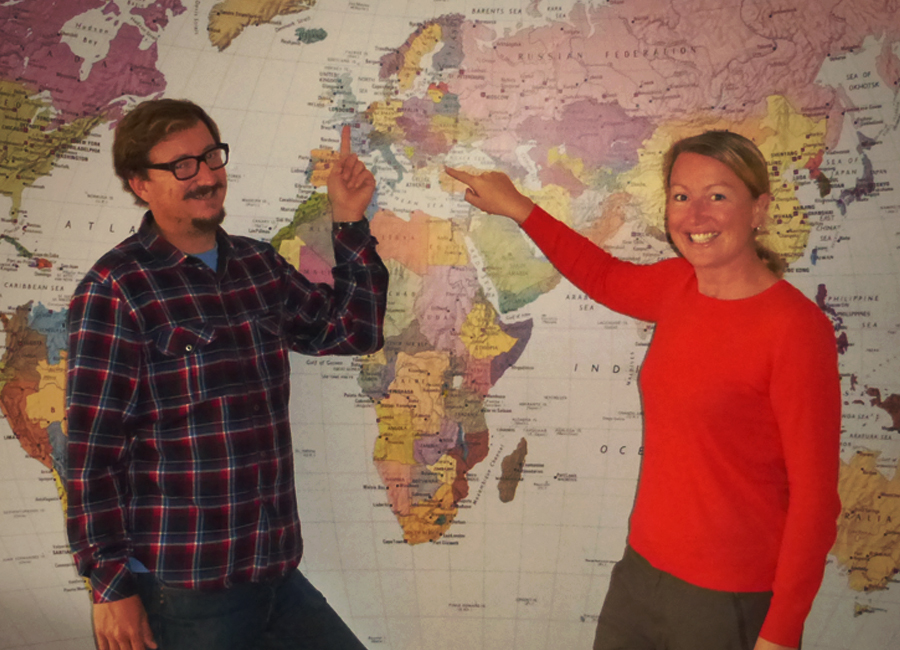
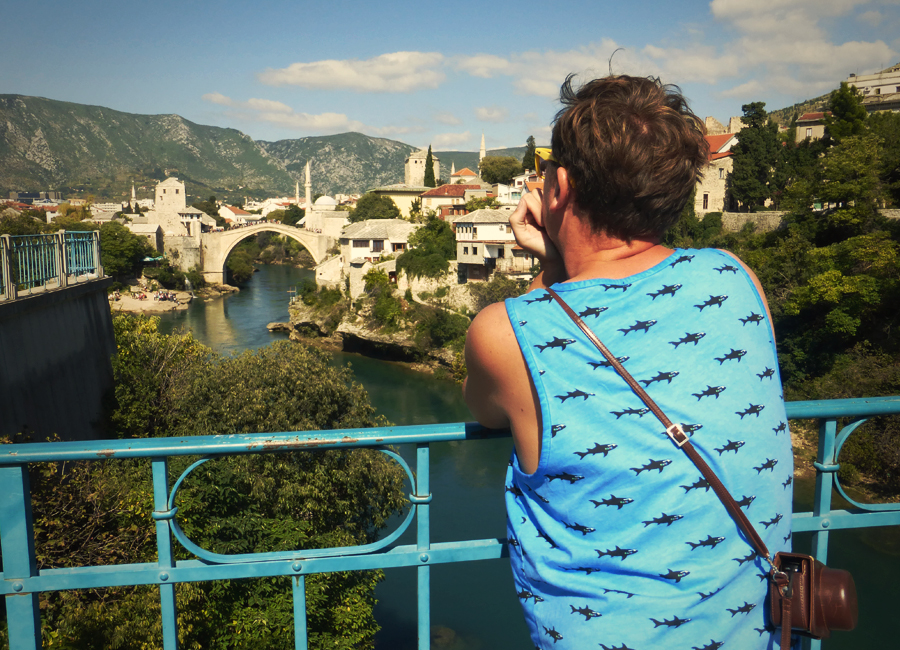
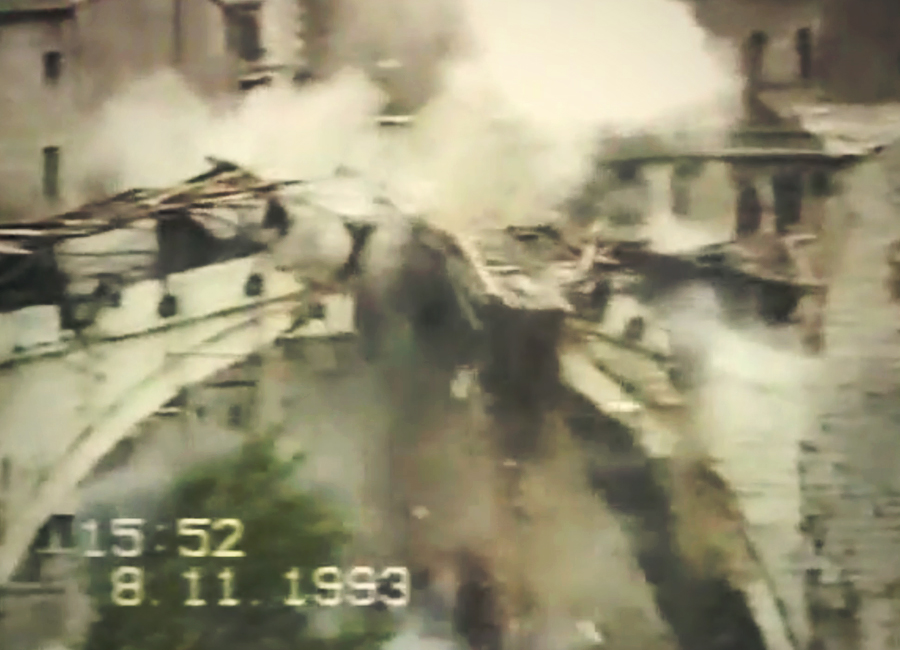
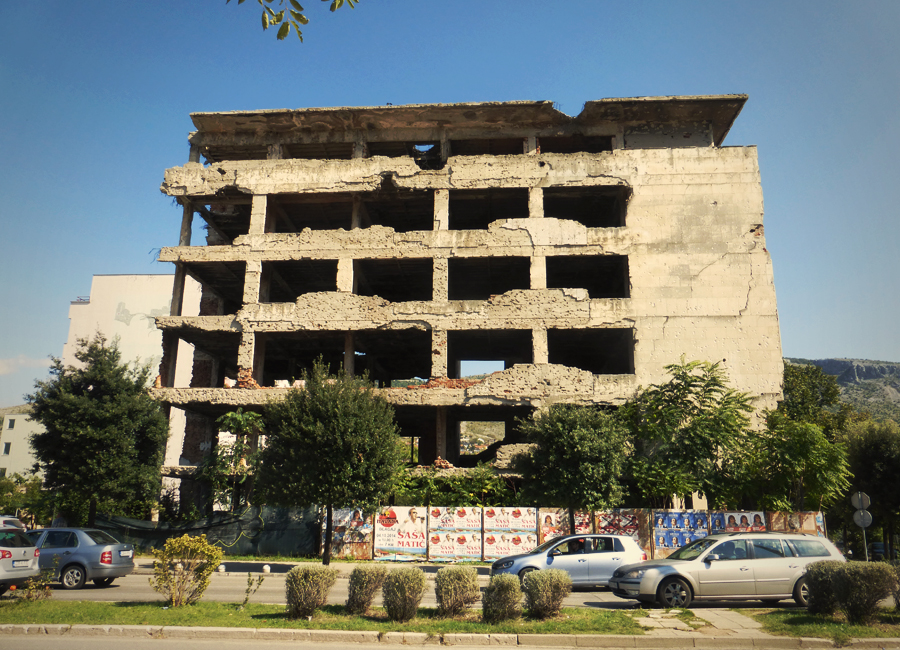
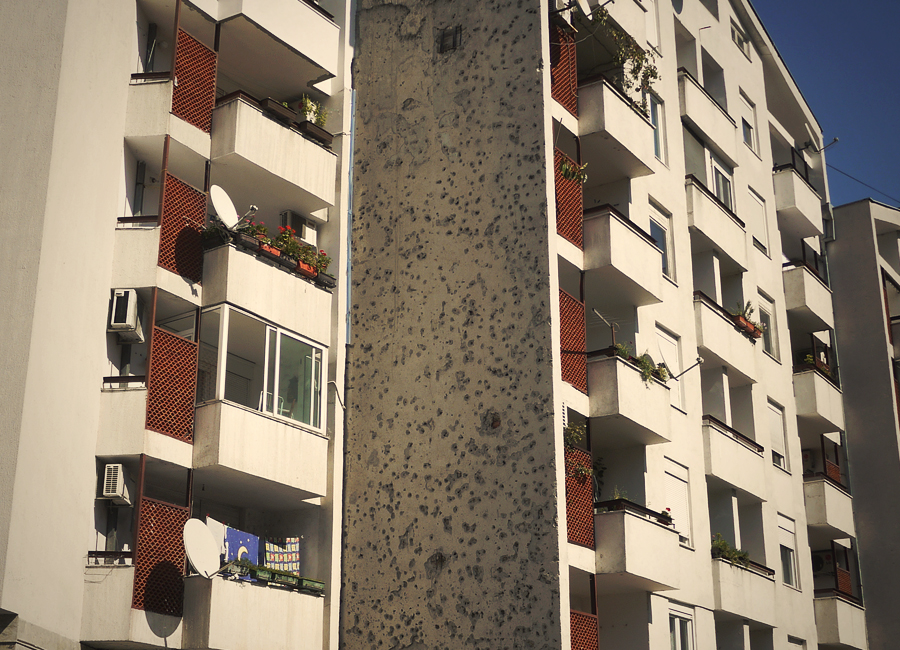
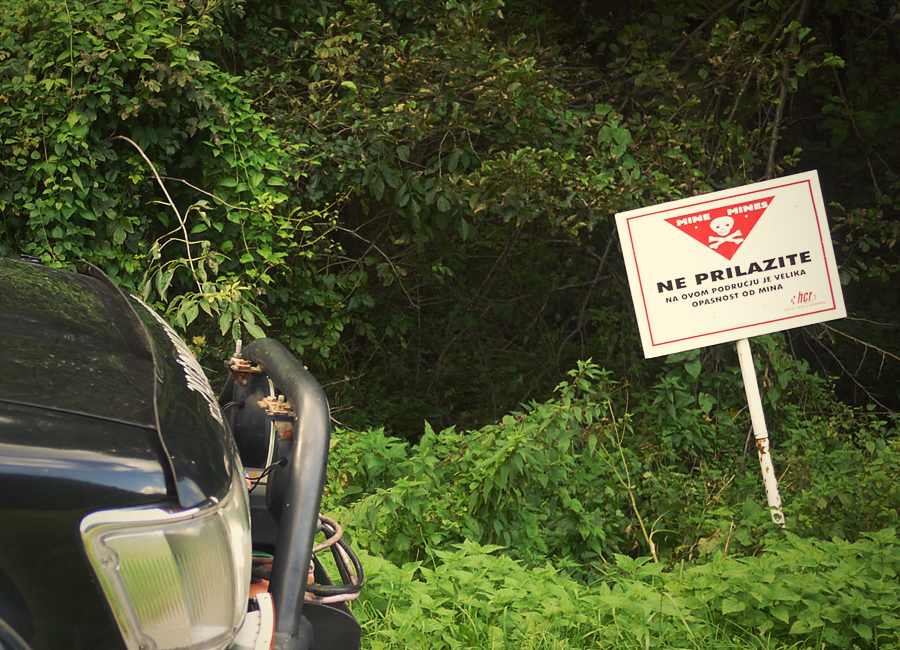
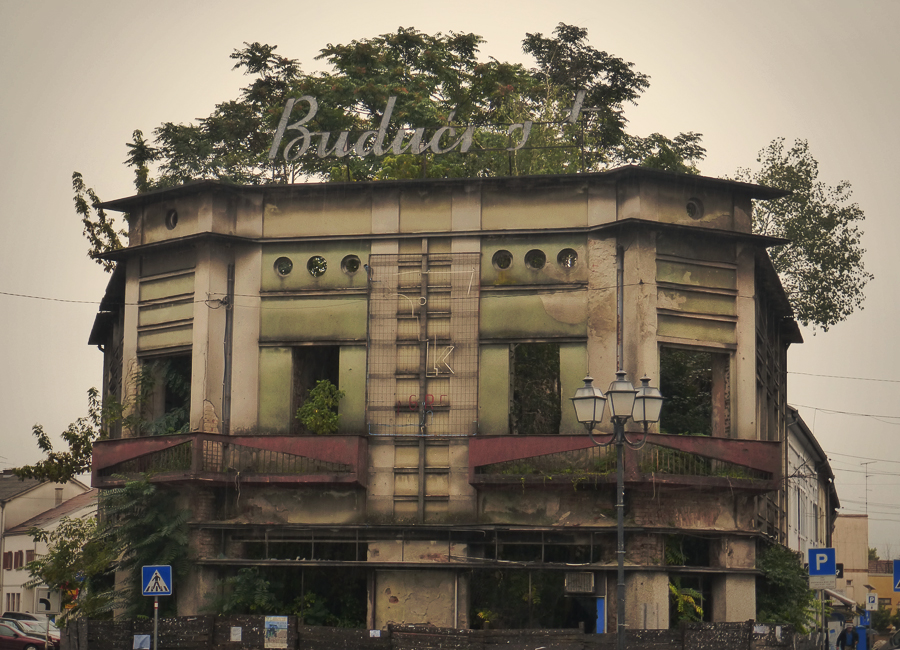
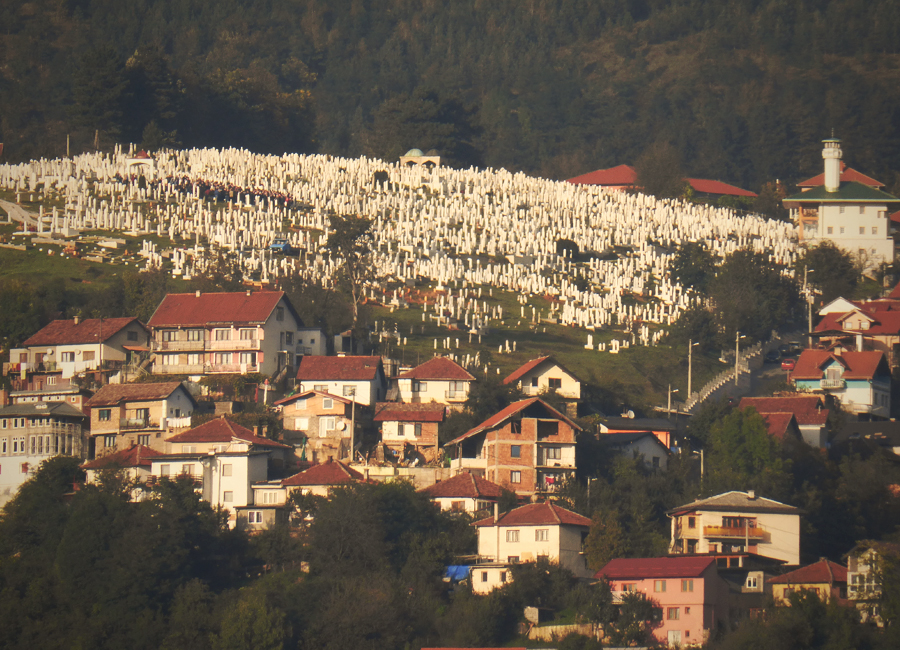
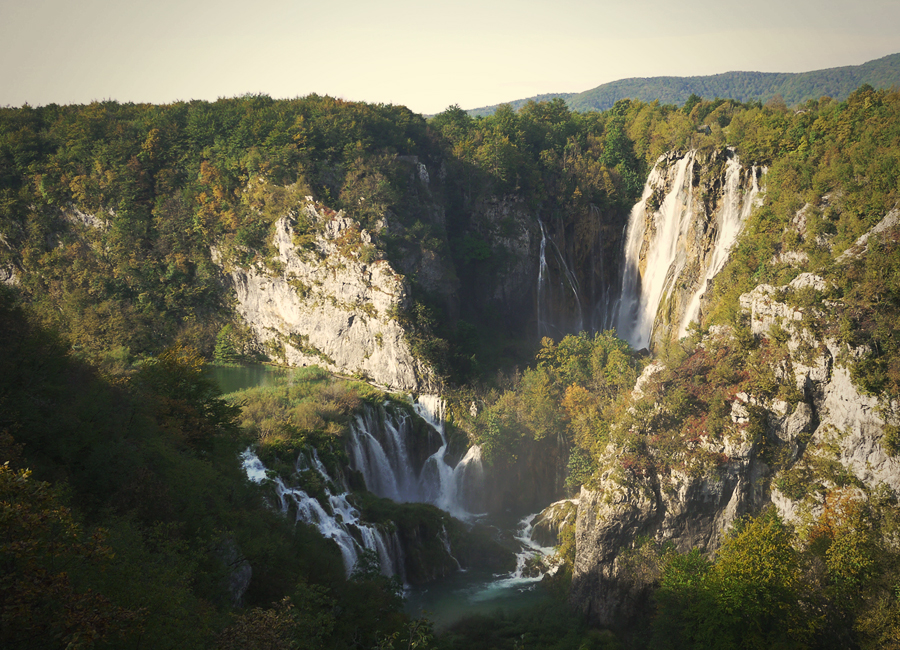
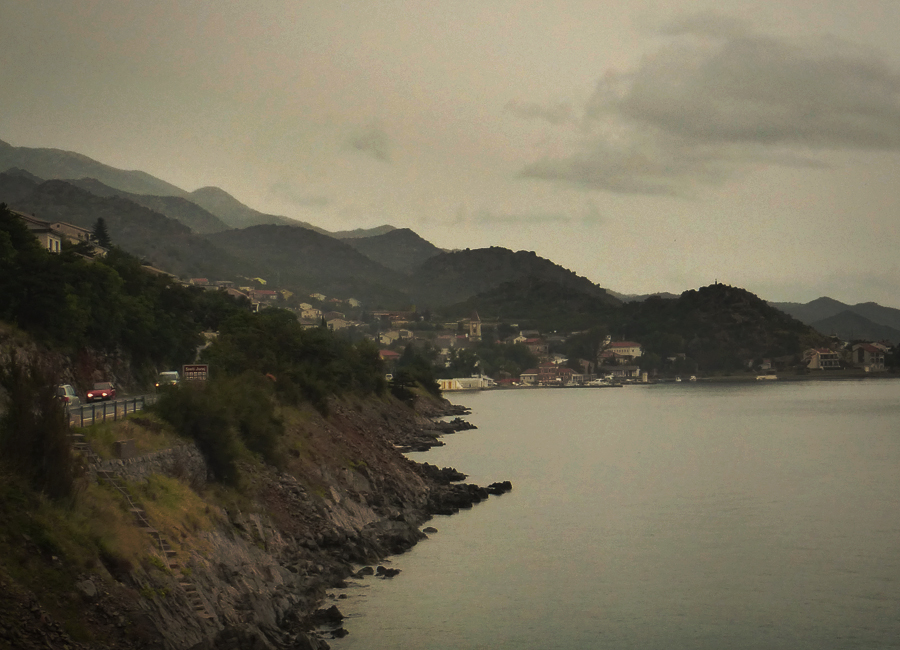
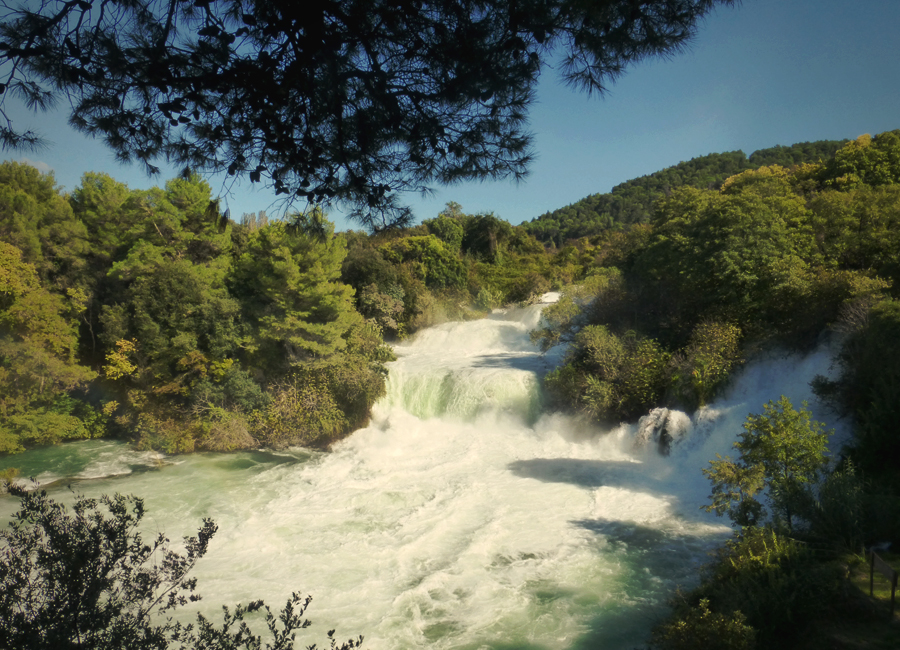

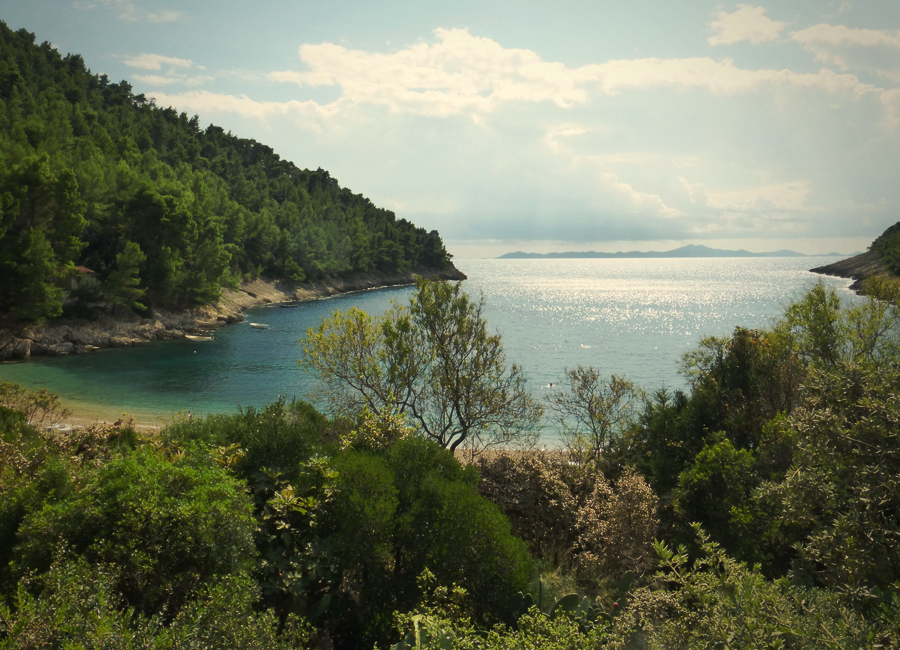
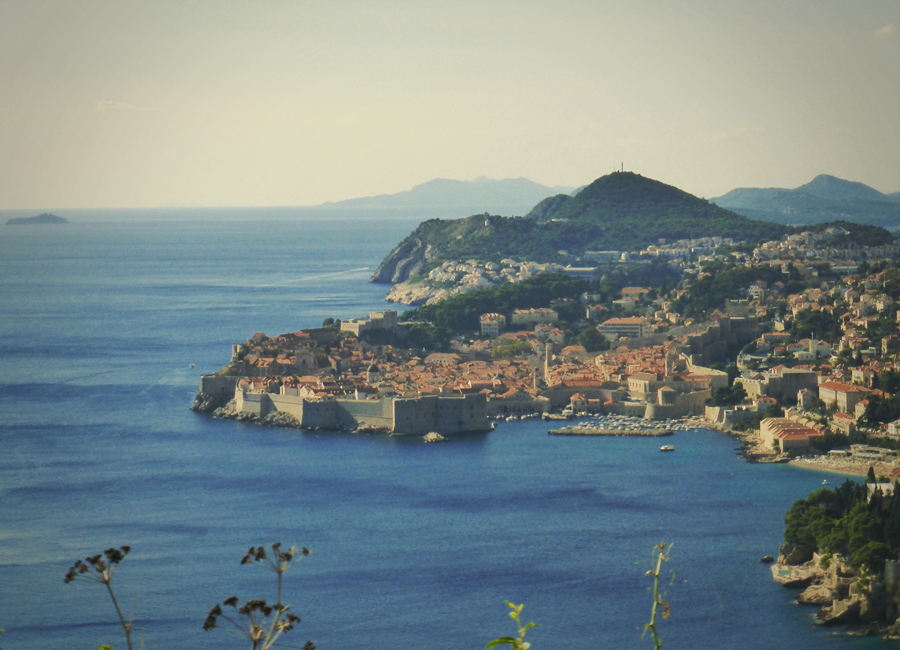
 RSS Feed
RSS Feed